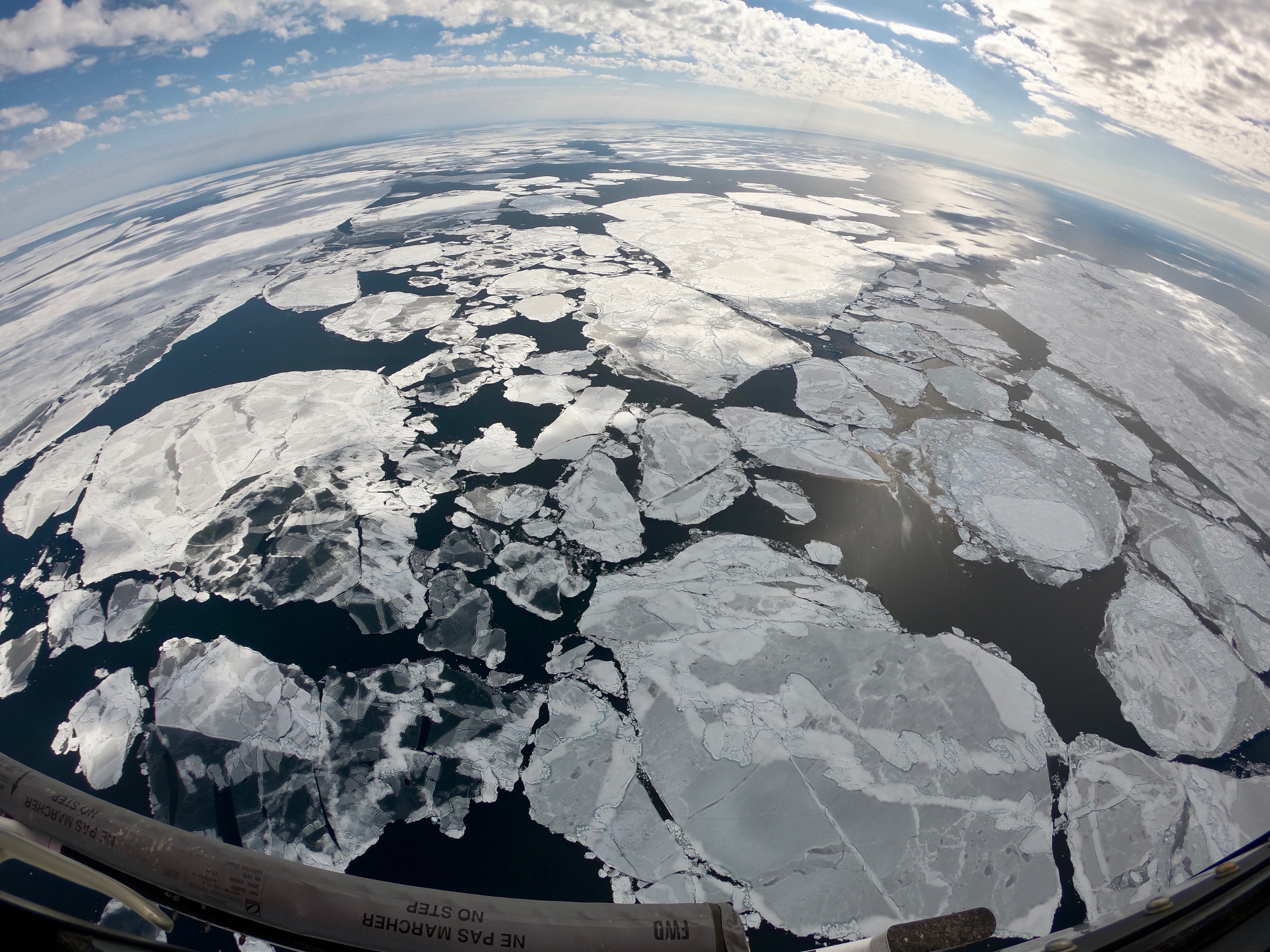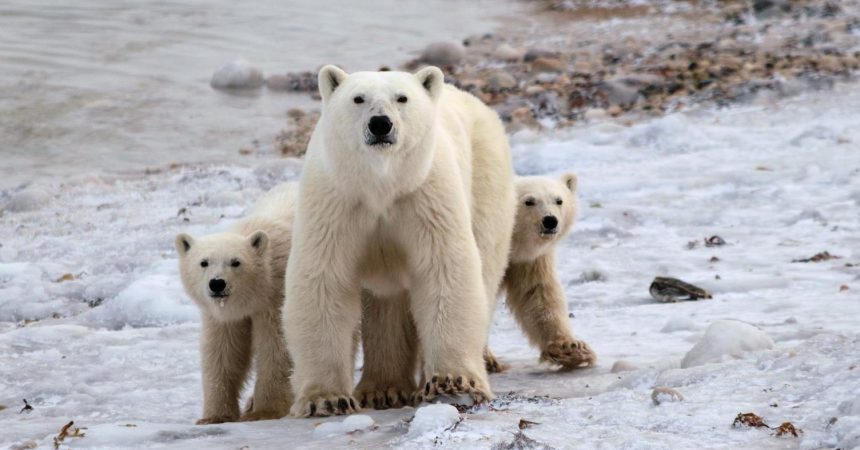Researchers Study Chemical Communication During Mating Season
Polar bears have the largest home range of any land mammal, covering up to 200,000 square miles of sea ice in a single year. Polar bears are also solitary, spending most of their days on the sea ice alone. So, when it comes to finding a mate across vast expanses of ice, how do polar bears do it? How do they communicate with each other?
Scientists at San Diego Zoo Global have been leading the investigation into polar bear communication. Megan Owen, Ph.D., director of Population Sustainability at the San Diego Zoo Institute for Conservation Research, found that polar bears have a relatively high concentration of sweat glands on their feet, and when they walk across the sea ice, they leave a unique scent signature behind in the snow. Now, we are investigating this scent signature in more detail. Research Fellow Courtney Marneweck, Ph.D., is leading the biochemical analysis to determine what the chemical constituents of polar bear perfume are, in hopes of finding out the differences between scents of females and males, and what cues are present that signal a female is looking for a mate.
To collect the samples for this project, I recently traveled to Canada’s Hudson Bay to interact directly with the bears in their sea ice environment. I joined my former Ph.D. supervisor, Andrew Derocher, Ph.D., and worked with his team from the University of Alberta. Having the chance to work on the sea ice again with polar bears was a truly amazing and humbling experience.
From the air, polar bears were tranquilized. Once they were asleep, we landed and began our work. For the collection of scent samples, I rubbed their feet with cotton swabs to pick up the chemicals present. Polar bear feet can be the size of dinner plates, and their sharp claws are a stunning reminder of how they make a living.
After that, the swabs were taken back to the lab, and we used a vacuum pump to seal the compounds into a small carbo-trap. This carbo-trap held the chemical signatures in a stable state until they could be chemically analyzed.

The findings from this study will not only be of interest to science, but also conservation. As the climate warms, sea ice becomes more fragmented in the spring, breaking up into smaller chunks rather than being one continuous surface. Because these chunks (floes of ice) move with the currents, a footpath left by a polar bear becomes more convoluted and potentially tougher to track.
As males rely on this footpath to seek out females, we may see lower reproductive success for polar bears as a consequence of an increasingly fragmented habitat. Polar bears’ dating status may soon shift from “in a relationship” to “it’s complicated.”
Nicholas Pilfold, Ph.D., is a scientist in Population Sustainability at the San Diego Zoo Institute for Conservation Research. Read his previous post, Luring Wild, Camera-shy Leopards into Getting their Photos Taken.





